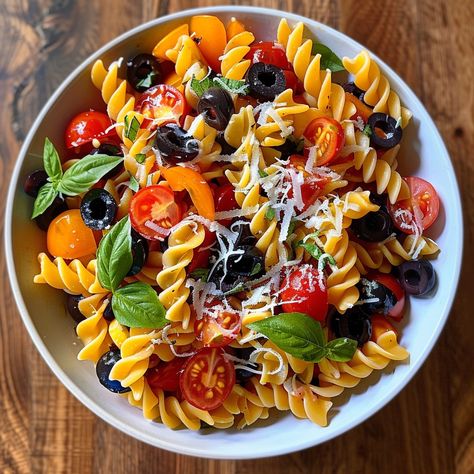When you think about adding a splash of excitement to your everyday meals, what comes to mind? For many, it’s that moment when they discover something as simple yet impactful as tricolored pasta. This unique kitchen staple has taken households by storm, offering not just variety but also an opportunity to experiment with flavors and textures. In this article, we’ll dive deep into everything you need to know about a box of tricolored pasta—its benefits, uses, and how it can transform your cooking experience.
Opening Paragraph: Why Should You Care About Tricolored Pasta?
Have you ever felt stuck in a culinary rut, serving the same old dishes week after week? Maybe you’re looking for ways to make your meals more appealing without spending hours in the kitchen. That’s where tricolored pasta steps in—a vibrant solution that brings life to any dish. Imagine plating up a bowl of pasta that looks like a work of art, with strands of red, green, and yellow dancing together. Not only does it appeal to the eyes, but it also offers nutritional perks that traditional pasta might lack. Let’s explore why this colorful creation deserves a spot in your pantry.

1: Understanding the Basics of Tricolored Pasta
Subheading: What Exactly Is Tricolored Pasta?
At its core, tricolored pasta is made from semolina flour combined with natural ingredients to create those striking hues. Here’s a breakdown of how these colors come to life:
- Red : Derived from tomatoes or beets, giving the pasta a rich, earthy tone.
- Green : Thanks to spinach or other leafy greens, adding freshness and vibrancy.
- Yellow : Often achieved through turmeric or annatto, lending warmth and depth.
This blend ensures that each strand carries a hint of its source material, making it more than just another type of pasta. It’s designed to cater to both visual and taste preferences, ensuring satisfaction at every bite.
Key Benefits:
- Enhanced aesthetic appeal
- Natural additives contribute to better nutrition
- Versatility in recipes
2: Nutritional Value Beyond Its Colors
Subheading: How Does Tricolored Pasta Benefit Your Health?
While it’s easy to get caught up in the beauty of tricolored pasta, don’t overlook its health advantages. Each color represents specific nutrients that support overall well-being:
- Red Strands : Packed with lycopene, which supports cardiovascular health and acts as a powerful antioxidant.
- Green Strands : Rich in iron and chlorophyll, promoting energy levels and aiding digestion.
- Yellow Strands : Contains curcumin, known for reducing inflammation and boosting immunity.
Studies suggest that incorporating such nutrient-dense foods into your diet can significantly improve long-term health outcomes. For instance, research published in Nutrition Journal highlights the role of antioxidants in combating oxidative stress—a major contributor to aging and disease.
Practical Tip:
Pair tricolored pasta with lean proteins and fresh vegetables to maximize its nutritional impact while keeping calories in check.
3: Mastering the Art of Cooking Tricolored Pasta
Subheading: Step-by-Step Guide to Perfect Results
Cooking tricolored pasta doesn’t require advanced skills, but following a few guidelines ensures optimal texture and flavor. Follow these steps for consistent results:
- Boil Water : Fill a large pot with water and bring it to a rolling boil.
- Add Salt : Season generously to enhance the final taste.
- Drop Pasta : Gradually introduce the pasta, stirring occasionally to prevent sticking.
- Check Timing : Stick to the recommended cooking time on the package—usually around 8–10 minutes.
- Drain & Toss : Reserve some pasta water before draining, then toss the cooked pasta with olive oil or sauce immediately.
Did You Know? Overcooking can lead to mushy results, so always aim for al dente unless otherwise specified.

